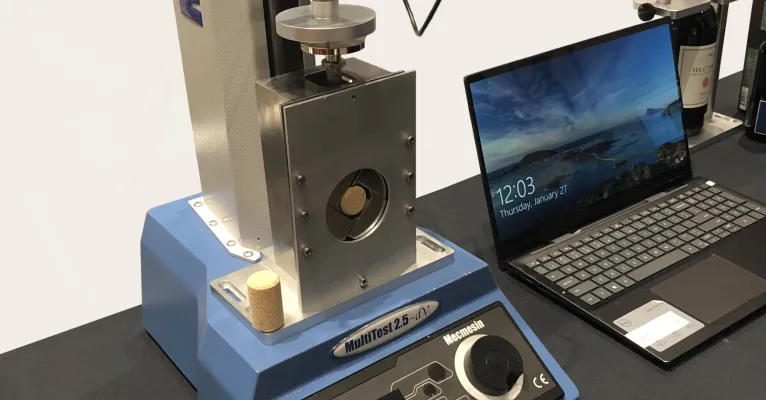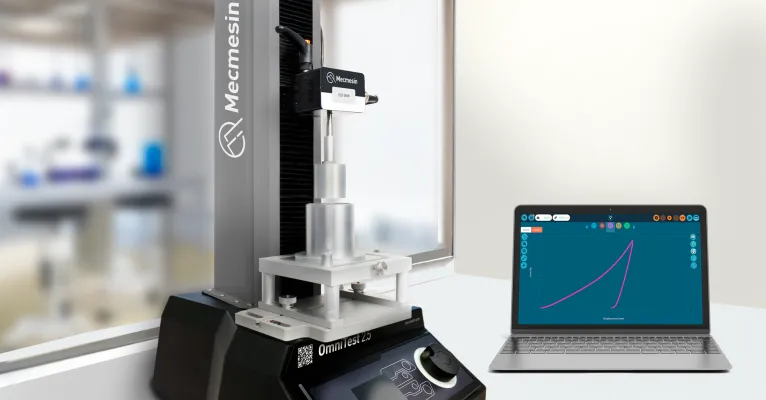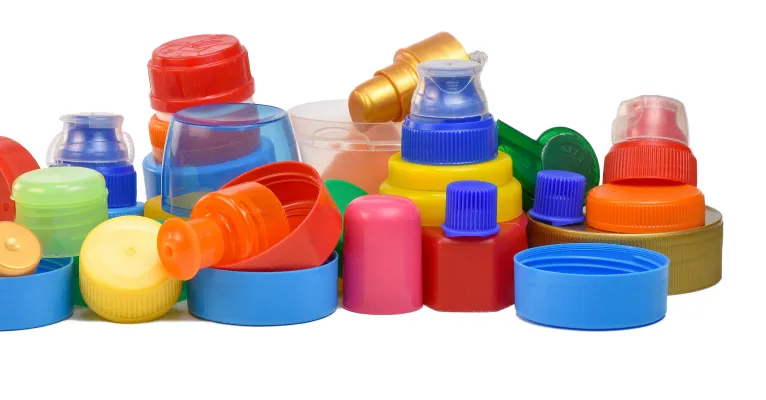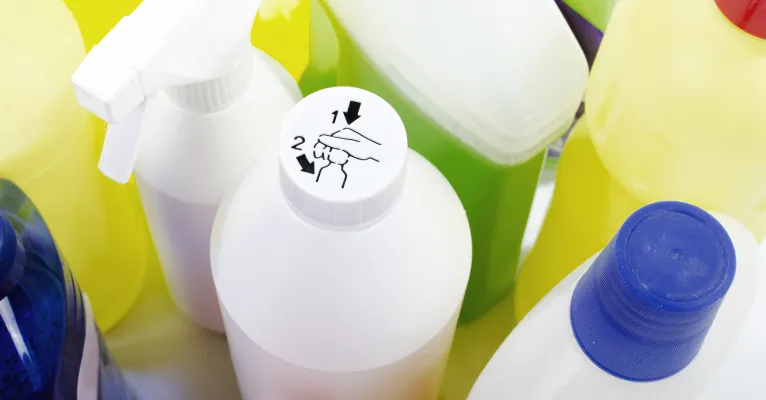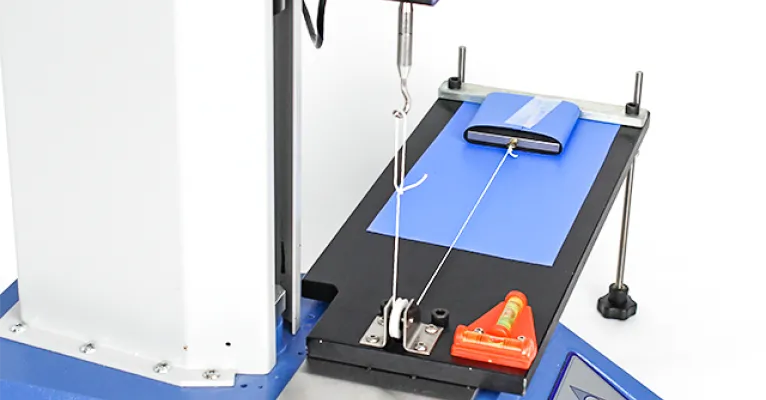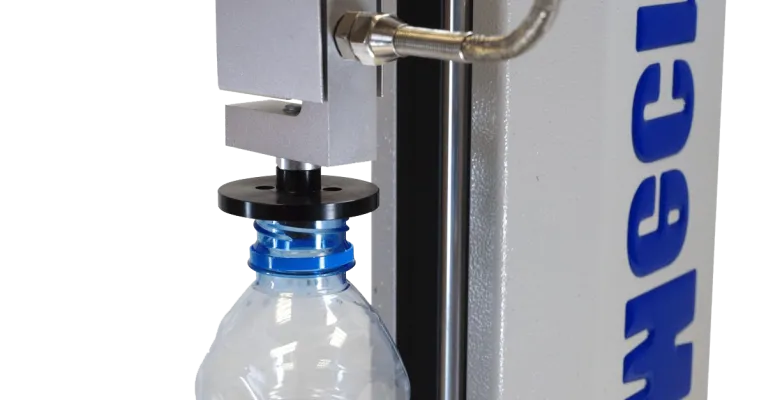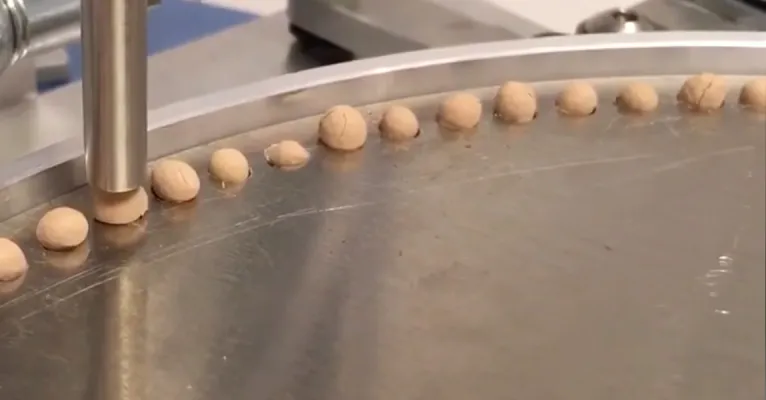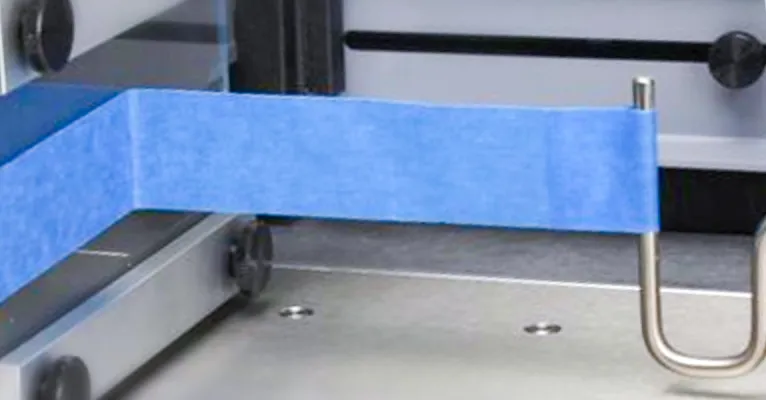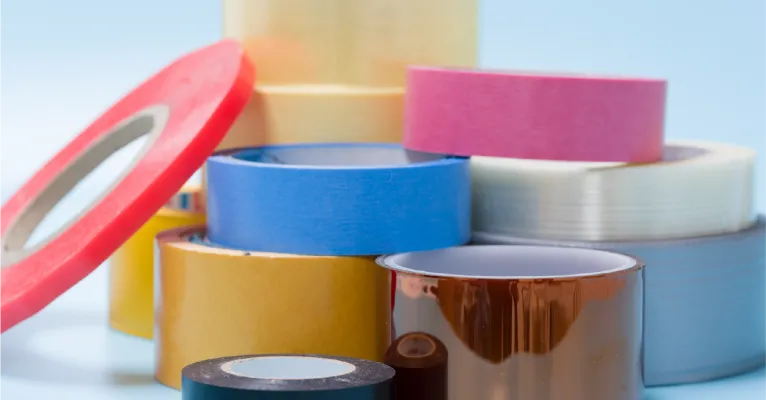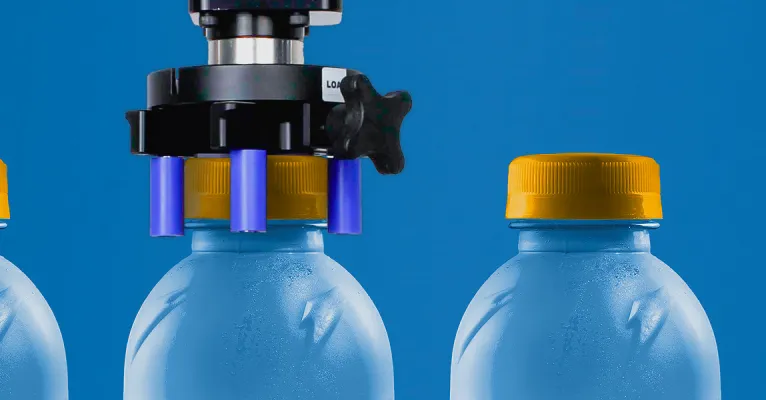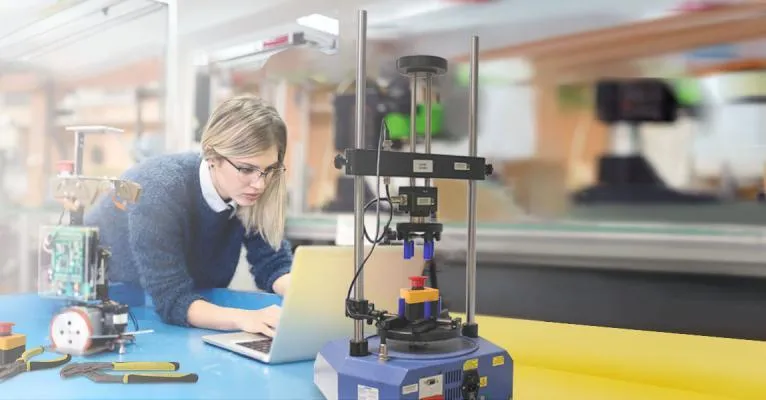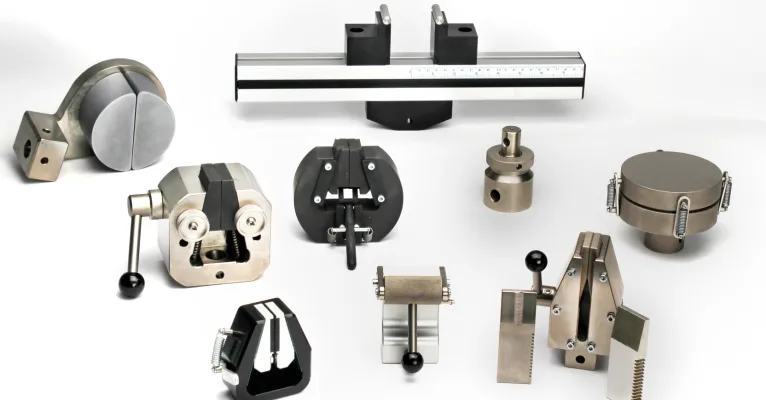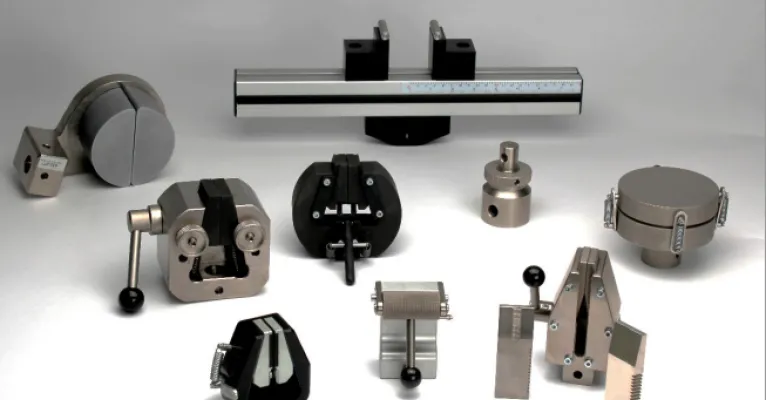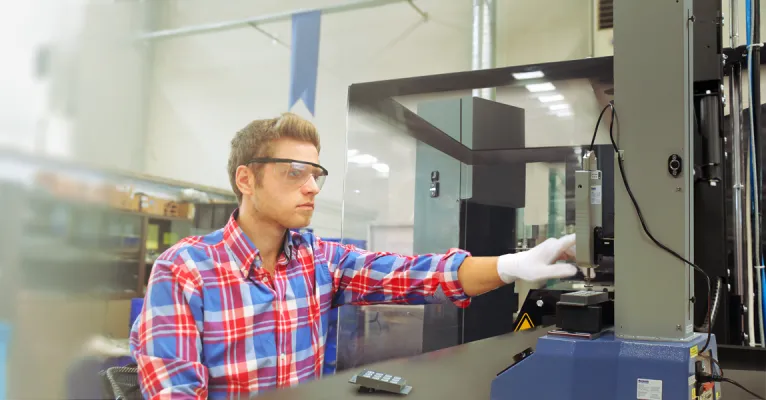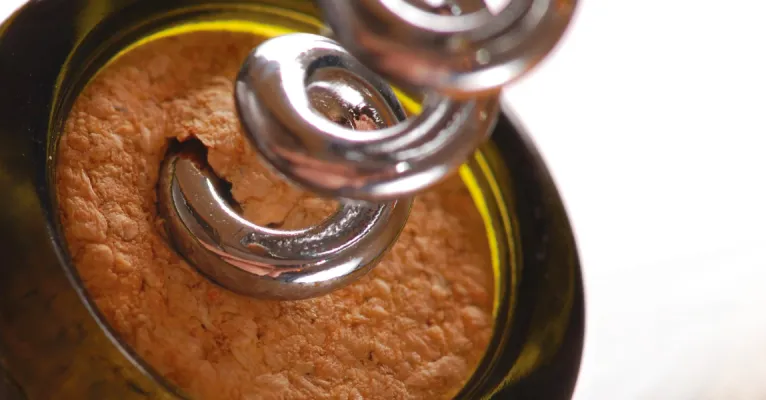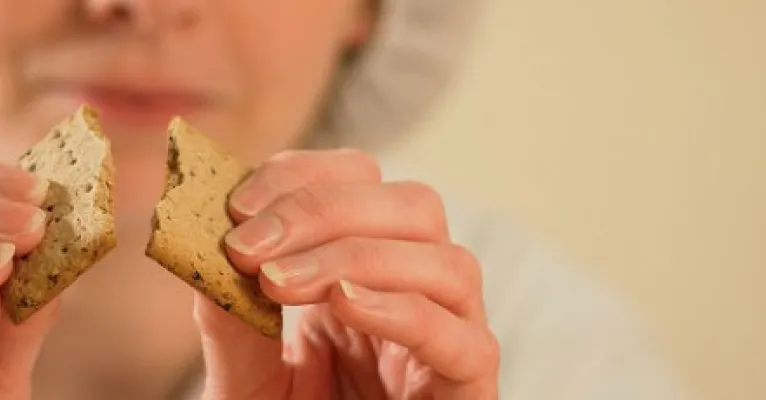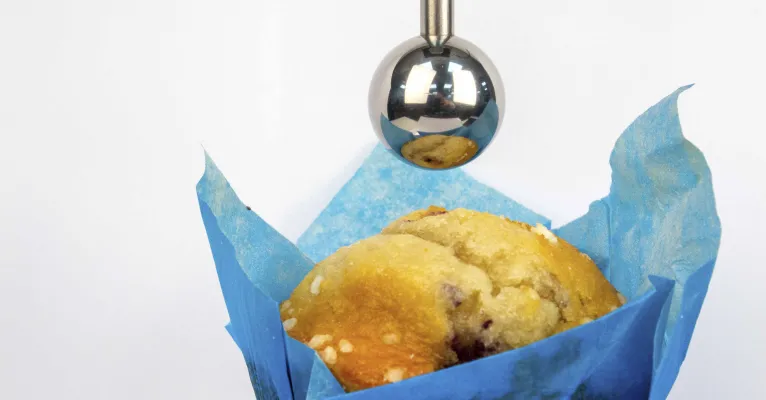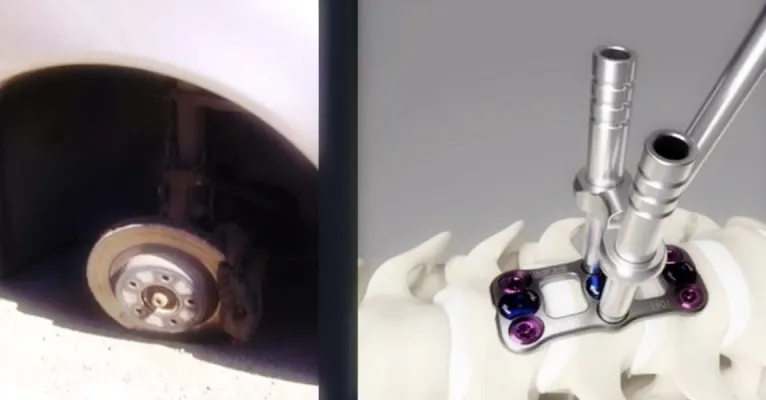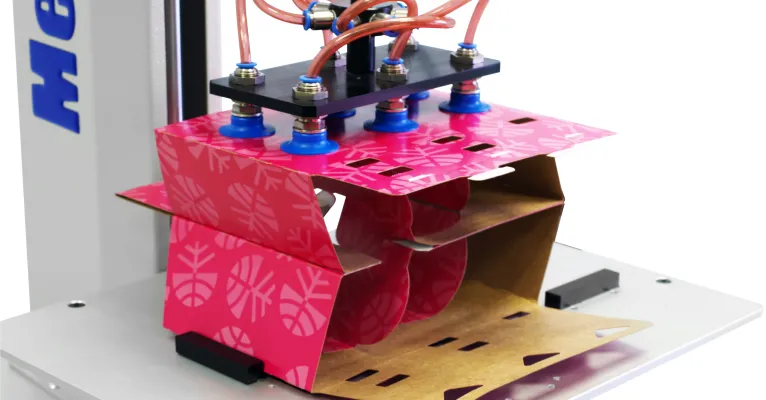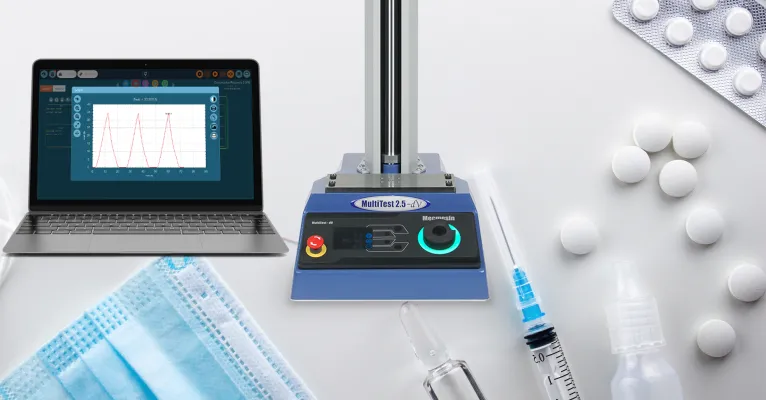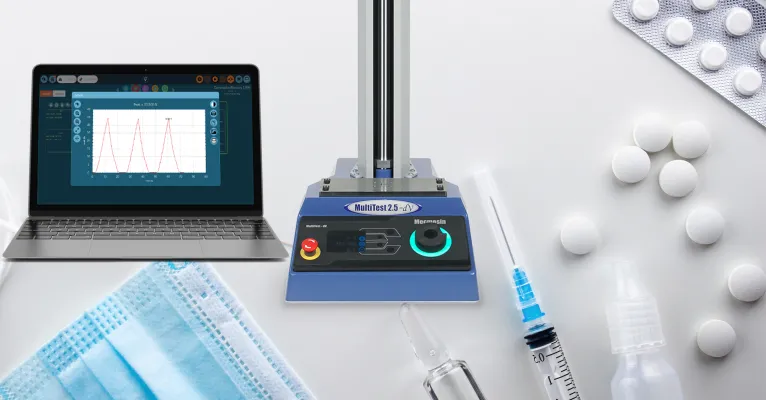For fruit and vegetables, texture is an important quality indicator when assessing functional performance or ripeness. This texture evaluation can be performed on both fresh fruits and vegetables, and those that have gone through post-harvest processing and treatment procedures.
This testing is important to ensure the consumer receives produce with the expected textural properties, whether that means crunchy apples, ripe and juicy tomatoes, or succulent oranges. It is possible to determine these properties, which can then be compared during production and processing procedures to evaluate the differences in texture. One specialized field is the harvest maturity of pea texture, for which a tenderometer needs to be used.
This webinar will focus on how we apply texture analysis to specific sectors, for this webinar we’ll be focusing on fruits & vegetables. While this is a wide area of focus, we will break it down into individual test types and what specific products those can be applied to. Primary focus is going to be selecting test types and how data correlates to sensory analysis.
What You’ll Learn:
- General Overview of Food Texture Analysis – How does it work?
- The Relationship between texture and sensory. Why is it important?
- Why do we measure?
- Selecting the correct probe or fixture for your product or application?
- Basic Test Types of Texture Analysis of Fruits and vegetables
- Sample prep. Why is it so important?
Who should attend?
Anyone working in the R&D, Q/A, Q/C, and production should find this informative, along with students and professors in the areas of Food Science and adjacent areas of study. This particular webinar is going to be geared to fruits and vegetables so we discuss how texture can be related to characteristics that are specific to fruits and vegetables like ripeness and freshness on the raw product side, and things like blanch or cook characteristics on the finished good side. Will also touch on tests for plant-based protein. As with all our texture webinars, methods can be applied to other sectors in the food industry.

